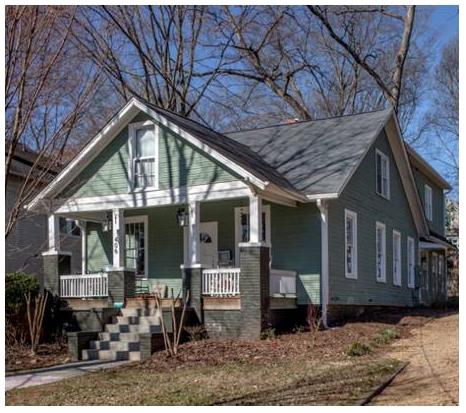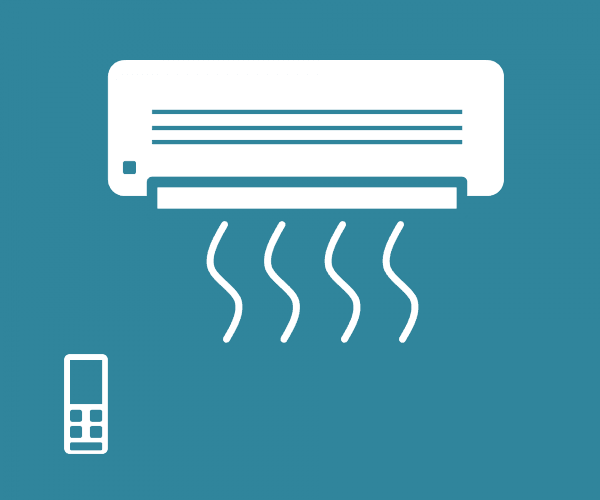
The University of Nottingham had to seek special planning permission to build the house to 1930s specification. Over the next two weeks it will be upgraded with cavity wall insulation, loft insulation, draft proofing and double glazing together with a host of other energy saving devices and equipment.
The three year research project is being led by experts from the School of the Built Environment together with the energy firm E.ON.Dr Mark Gillott, who is leading the research, said: “The house provides us with a unique test facility to measure the exact cost benefit, energy efficiency and carbon reduction figures achieved through the various upgrade measures we are implementing over the next two weeks — valuable information when deciding on which of the many energy efficiency measures are the most cost effective.”
The 1930s semi is an icon of its age. Three million were built and they are still a major part of our current housing stock.
The E.ON 2016 House is the most comprehensive ‘big brother’ study of its kind. This 1930s style house bristles with more than 100 sensors to monitor energy use, temperature and humidity, making it one of the most sophisticated research houses in the world.
The Latest on: Energy efficiency upgrades
[google_news title=”” keyword=”energy efficiency upgrades ” num_posts=”10″ blurb_length=”0″ show_thumb=”left”]
via Google News
The Latest on: Energy efficiency upgrades
- Energy Performance And Multifamily Housing Asset Valueon May 3, 2024 at 12:04 pm
CBRE Overview The European Union (EU) has set a strategic agenda to tackle climate change. To improve the energ ...
- Houston awarded $2 million federal grant to improve energy efficiency at municipal buildingson May 3, 2024 at 5:02 am
The U.S. Department of Energy is giving Houston money to install solar panels and battery storage at a community-serving city facility in a disadvantaged part of town, among other initiatives tied to ...
- What is a home energy audit and when is it worth getting one?on May 2, 2024 at 11:00 pm
"An energy audit will typically include an inspection of a home's insulation, heating and cooling systems, appliances, lights, windows, and other components that affect the amount of energy used (and ...
- CSAS receives grant to increase energy efficiency, plans to stay downtownon May 2, 2024 at 7:38 pm
CSAS’s successful School Uplift application to win a $410,000 grant from EPB and TVA was led by a group of highly motivated students, from Left to Right: Karen Lin, Rithvik Siddenki, Sullivan Smith ...
- Biden administration gives more than $26 million in clean energy grantson May 1, 2024 at 4:08 pm
The Biden administration said Wednesday that it will give more than $26.9 million in grants in support of clean energy projects across the country. “Energy efficient upgrades are a surefire way to ...
- Houston receives $2M energy grant from Biden admin to install solar panels, upgrade city buildingson May 1, 2024 at 2:55 pm
Houston has received $2 million from the U.S. Department of Energy to advance its sustainable energy goals, which Mayor John Whitmire has yet to define for his new administration. The federal ...
- LG&E and KU’s Business Rebate Program offers incentives for businesses that make energy-efficient investmentson April 30, 2024 at 5:00 pm
The program offers cash rebates for businesses making energy-efficient upgrades to existing facilities through things like lighting, pumps, motors, variable frequency drives, compressed air upgrades ...
- Here’s a low-cost way to make energy-efficient upgrades to your homeon April 29, 2024 at 11:46 am
Programs like this will help provide affordable financing options for homeowners to support our clean energy transition.”The loans, which will cover as much as $100,000, could be used for improvements ...
- Here’s a low-cost way to make energy-efficient upgrades to your homeon April 28, 2024 at 5:00 pm
In order to qualify, the upgrades have to reduce the home ... buildings off fossil fuels while making them more energy efficient. Residential and commercial buildings are responsible for roughly ...
via Bing News









